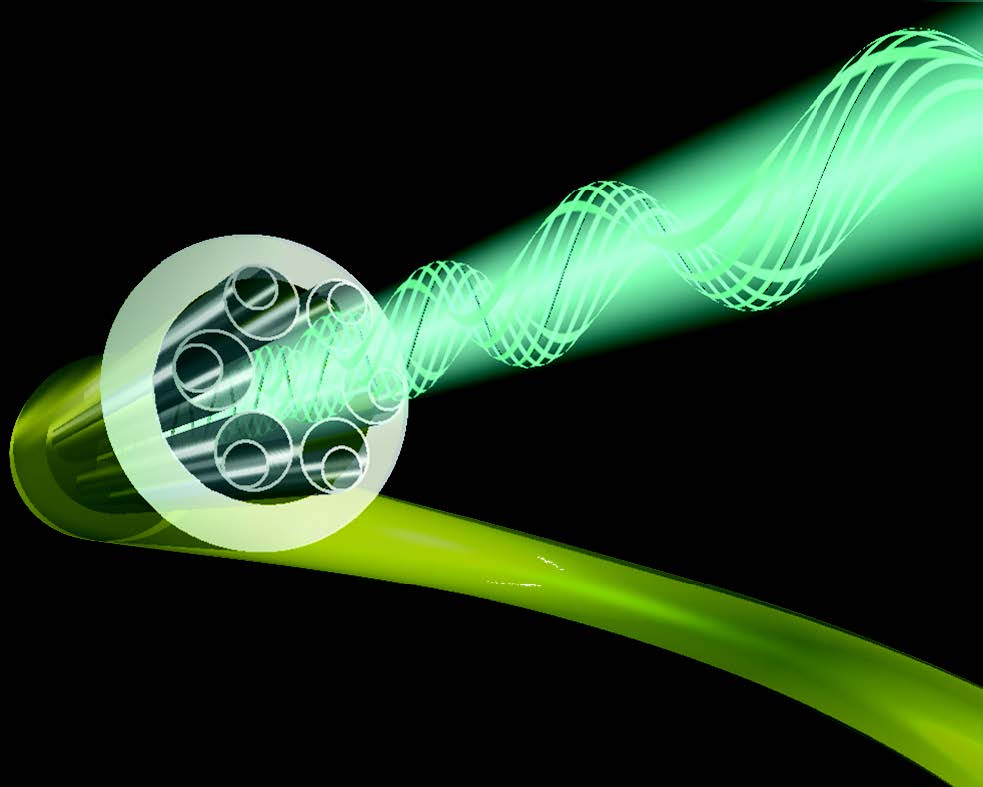Air Filled Fiber Cables Capable of Outperforming Standard Optical Fibers
by: Professor Francesco Poletti University of Southampton Optoelectronics Research Center (ORC)
The next generation of optical fiber could be a step closer, as a new study created by the University
of Southampton’s Optoelectronics Research Center (ORC) has shown that fibers with a hollowed out
center could reduce loss of power currently experienced in standard glass fibers.
The COVID-19 crisis has seen people all over the world rapidly move their work and social lives
online and communities have never relied on the Internet more. The ever-increasing number of
Zoom calls and webinars has highlighted the need to keep advancing the technology that has made
this level of Internet usage possible.
For over 50 years, optical fibers made of silica glass have been the transmission medium of choice
for high-speed optical communications—powering the global Internet and cloud-based services
used by households and businesses around the world. They are also used for sensing oil and gas
installations, structural monitoring for railways and bridges, medical endoscopes and many more
applications as part of a US$40 billion global market.
However, due to “scattering” of the light inside the glass, a fraction of the transmitted power is lost,
a process known as attenuation, and this power loss becomes increasingly more of a problem as
the wavelength of light is shortened. This higher transmission loss through the fiber poses a serious
limitation to the performance of all applications that require shorter wavelengths. – Read the full article in the digital edition


